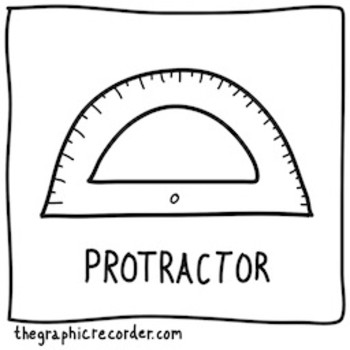This answer balances the equation by equating (the conservation of) the number of boron atoms on both sides of the equation.
#"H"_3"BO"_3# and #"H"_4"B"_6"O"_11# are the only two boron-containing species in this reaction. Each molecule of #"H"_3 color(navy)("B")"O"_3# contains one boron #"B"# atom whereas each molecule of #"H"_4color(navy)("B"_6)"O"_11# contains six. Add the coefficient #"color(navy)(6)# to the front of #"H"_3 "BO"_3# and #color(navy)(1)# to #"H"_4"B"_6"O"_11# balance the number of boron atoms on the two sides.
#color(purple)(6) color(white)(l)"H"_3color(navy)("B")"O"_3# #rarr# #color(purple)(1) color(white)(l) "H"_4color(navy)("B"_6) "O"_11 + "H"_2"O"# #color(grey)("NOT BALANCED")#
The left-hand side of the equation contains #6 xx 3 =18# oxygen #"O"# atoms. The number of oxygen atoms shall also conserve in this equation. Therefore #"H"_4"B"_6"O"_11# and #"H"_2"O"# on the product side shall contain a total of #18# oxygen atoms. #11# of them go to the #"H"_4color(navy)("B"_6)"O"_11# molecule. Water molecules would account for rest #7# oxygen atoms.
Each water molecule contains one single oxygen atom. #7# of the oxygen atoms would thus correspond to #7# water molecules on the product side. Hence the equation:
#color(black)(6) color(white)(l)"H"_3color(black)("B")"O"_3# #rarr# #color(black)(1) color(white)(l) "H"_4color(black)("B"_6) "O"_11 + color(purple)(7) color(white)(l) "H"_2"O"#
Optionally, check if the number of hydrogen #"H"# atoms on the two sides conserves to see if the equation is properly balanced:
- Number of #"H"# atoms on the right-hand side: #6 xx 3 = 18#
- Number of #"H"# atoms on the left-hand side: #1 xx 4 + 7 xx 2 = 18#
The two numbers are equal, and thus this chemical equation is stoichiometrically balanced.
#color(darkgreen)(6) color(white)(l)"H"_3color(black)("B")"O"_3# #rarr# #color(darkgreen)(1) color(white)(l) "H"_4color(black)("B"_6) "O"_11 + color(darkgreen)(7) color(white)(l) "H"_2"O"# #color(grey)("Balanced")#
Reference
"Balance Chemical Equation - Online Balancer," webqc.org,
https://www.webqc.org/balance.php, "Enter H3BO3 = H4B6O11 + H2O for this equation."

